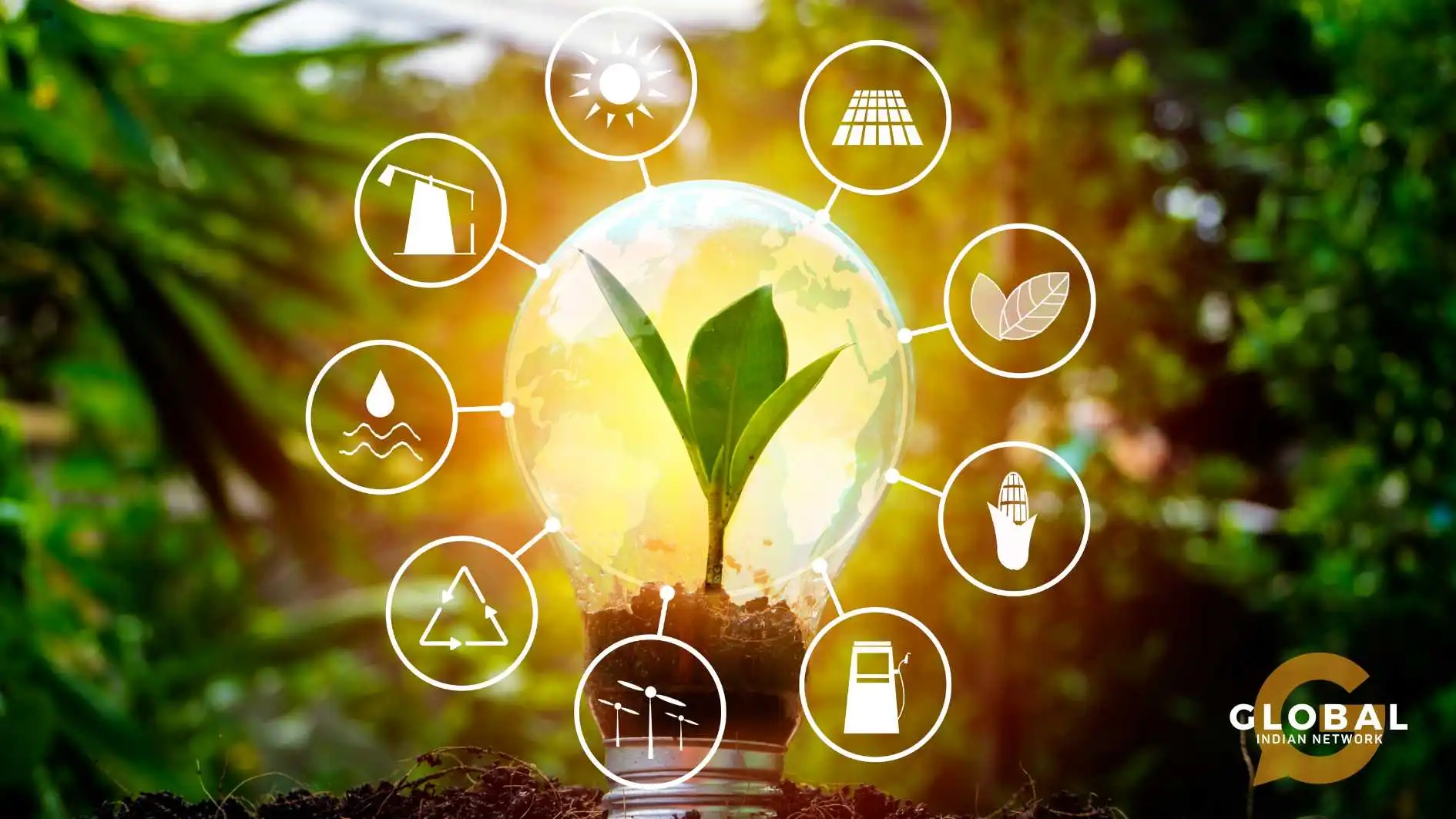The global economy is going through a complete transformation, and some part of it is driven by the urgency of climate change and the extraordinary progress in renewable energy and green technology. The shift to these ways to protect our climate is not just a mere environmental initiative but is also a very big source for the economy, it reshapes the industries and makes them more environmentally conscious, it also creates new job markets, and redefines the very notion of prosperity and income. The world, as we all know, is grappling with the challenges of decarbonization. We need to find and embrace sustainable solutions that can be a huge boost for innovation, resilience, and a fair economic future.
Table of Contents
Renewable Energy and Green Technology Help in Job Creation and Economic Growth
The booming renewable energy and green technology sectors can be seen as a significant driver of job creation in industries, offering thousands of people diverse employment opportunities with different skill levels. This industry is very different from traditional industries, which focus on fossil fuels and are highly localized, and includes resource extraction, but the modern renewable energy projects are more broadly distributed, starting from the manufacturing of solar panels or wind turbines to their installation, operation, and ongoing management.
The reports from the International Renewable Energy Agency (IRENA) highlighted the impressive growth in global renewable energy, creating job opportunities for millions of people worldwide, whether directly or indirectly. The job demands engineers, project developers, construction manufacturers, researchers, and finance professionals. Since these projects are localized as well, many renewable energy projects, mainly solar and wind farms, give regional economies a boost, bring investments, property taxes, as well as new opportunities, are seen in rural areas and in not-so-well-known communities.
The demand for skilled workers to work in fields such as wind turbines, servicing technicians, and solar photovoltaic installers is projected to continue the ongoing rapid growth, making these jobs one of the fastest-growing occupations worldwide. This expansion of job opportunities not only provides stable employment but also nurtures economic diversity and flexibility. It reduces the global reliance on fossil fuel markets and creates a stronger domestic energy sector.

Renewable Energy and Green Technology Maintain Energy Security and Price Stability
The most important and fundamental transformation brought by renewable energy and green technology is in its energy security and price stability. For so many years, the global economies have been open to the notion of geopolitical tensions and the inherent unpredictability of the fossil fuel market. The prices of Oil and Gas are influenced by their suppliers and distributors, political instability, and partnership decisions. These problems have historically triggered economic shocks and inflation.
Renewable energy sources are mostly indigenous and infinite, such as sunlight, hydro power, and wind provide us a very compelling narrative. Nations have adopted these renewable energy resources and have reduced their dependence on imported fuels, protecting their important economies from outside price inflation, fluctuation, and geopolitical risks. The localization of this energy production puts us on the path of predictable and stable energy costs for consumers as well as businesses.
Once the initial infrastructure for these renewable energy sources is made, the fuel or the source becomes free, which eliminates all the extra costs, like operational costs, which is required after purchasing fossil fuels. It gives us a clear idea about the long-term cost, which helps people to plan businesses with more certainty, boosts industrial competitiveness, and contributes to economic stability. Furthermore, it gives power to the economy and provides flexibility. It reduces the vulnerability to supply chain disruptions and strengthens the balance between trades by reducing the outflow of capital for energy imports.
Renewable Energy and Green Technology Help in Innovation and Forming New Industries
The transition to a green economy is a powerful source of innovation, starting the development of whole new technologies, business models, and services. These technologies take us far beyond; they are not just renewable energy generation sources, but they also create a vast ecosystem of green technology. They give us advanced battery storage solutions and smart grid technologies, they help us find sustainable agricultural practices, energy-efficient building materials, circulate economic initiatives, and create demand for greener solutions, which are inciting the wave of development and research.
These technological and industry innovations create new industries and expand the existing ones, which attract significant capital investors and foster different environments for technological advancements and breakthroughs. Various companies are investing in areas like carbon capture utilization and storage (CCUS), digital tools that optimize energy systems, and sustainable transportation like electric vehicles, hydrogen fuel cells, etc. These technological advancements not only highlight environmental challenges but also create healthy competitive advantages for companies that are the backbone or are at the forefront of these industries.
The companies adopting these green solutions are to be global leaders, exporting their innovations and technologies and boosting their very own national economy. The continuous cycle of innovation shows that this green transition is not a static one but an evolving opportunity for economic growth and societal progress.
Conclusion
The global acceptance of renewable energy and green technology is continuously transforming the economy worldwide. It fosters strong job markets, provides economic stability, and enhances energy security. It boosts the spirit of innovation and helps in developing new industries, which provides economic benefits. The challenges, such as the initial building cost and grid modernization, are still there, but the long-term advantages are immense, as providing a sustainable, resilient, and fair economic future powered by clean energy is far too significant to forget. This transition is not only about helping with climate change but also building a prosperous global economy for upcoming generations.

FAQs
What are green energy technologies?
Green energy technology refers to the development and application of technologies that utilize renewable energy sources to produce power with minimal environmental impact.
What is an example of renewable and green energy?
Examples of renewable energy sources include wind power, solar power, bioenergy (organic matter burned as a fuel), and hydroelectric power, including tidal energy.
What is green technology called?
Greentech is also known as “cleantech” or “environmental technology,” and the terms are often used interchangeably.









